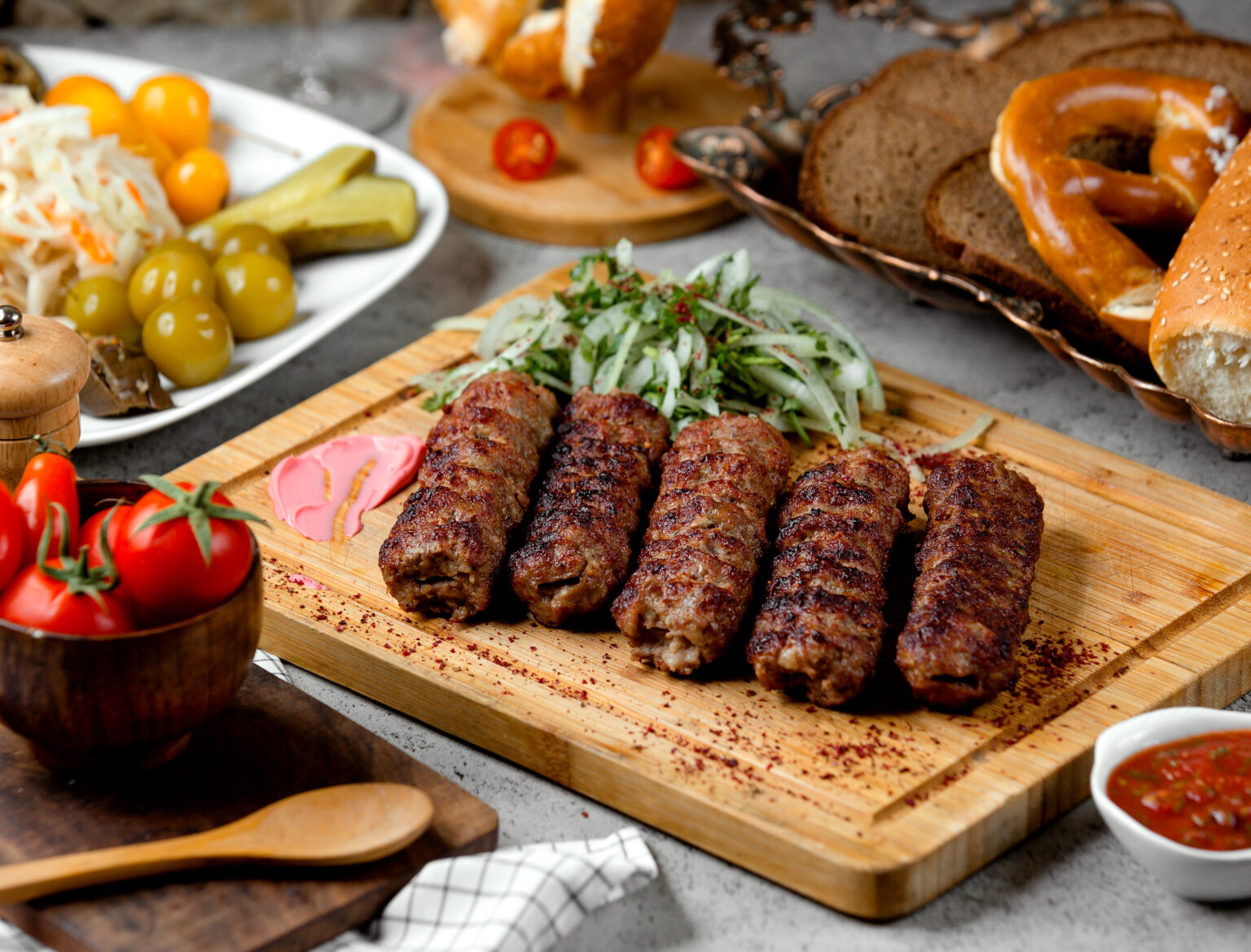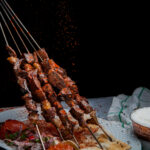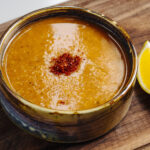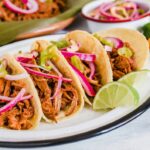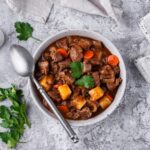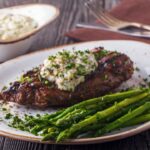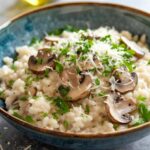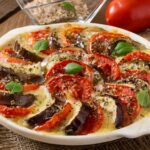Bolivia, a landlocked country in South America, boasts a rich culinary heritage influenced by its diverse indigenous cultures and the colonial Spanish traditions. Bolivian cuisine is a vibrant tapestry of flavors, textures, and colors that reflects the country’s agricultural abundance and cultural diversity. In this article, we delve into the top 10 most eaten foods in Bolivia, offering a glimpse into the culinary delights that define this gastronomically diverse nation.
- Salteñas: One of Bolivia’s most beloved street foods, salteñas are savory pastries filled with a tantalizing mixture of meat, potatoes, peas, and spices. These baked delights, often enjoyed as a breakfast or mid-morning snack, come in various regional variations and are commonly found in bakeries and street stalls throughout the country.
- Silpancho: A hearty and filling dish originating from Cochabamba, silpancho features a breaded and fried beef cutlet served over a bed of rice and topped with fried eggs, onions, and tomatoes. This delicious combination of flavors and textures is a staple in many Bolivian households.
- Anticuchos: Anticuchos are skewers of marinated meat, typically made from beef heart, grilled to perfection. Often served with potatoes, aji sauce, and a squeeze of fresh lime, these tender and flavorful morsels are popular street food and a favorite at social gatherings.
- Sopa de Maní: Sopa de Maní is a traditional Bolivian peanut soup that combines peanuts, beef, vegetables, and spices to create a rich and creamy dish. This hearty soup is a comfort food staple, particularly in the city of Sucre, and is often served with a side of white rice.
- Plátano Maduro: Fried ripe plantains, known as plátano maduro, are a common accompaniment to many Bolivian meals. These sweet and caramelized slices of plantain are the perfect balance to the savory flavors found in main dishes, providing a delightful contrast of tastes.
- Salpicón de Pollo: A refreshing and light chicken salad, salpicón de pollo is made with shredded chicken, onions, tomatoes, bell peppers, and a tangy dressing. Often served atop a bed of lettuce or with a side of rice, this salad is a popular choice during the warm Bolivian summers.
- Chuño: Chuño refers to freeze-dried potatoes that are a significant part of traditional Andean cuisine. These potatoes are an essential ingredient in various Bolivian dishes, including soups, stews, and even bread. Chuño has a unique texture and flavor that adds a distinct touch to the local gastronomy.
- Llajwa: Llajwa is a spicy condiment commonly found on Bolivian dining tables. Made from tomatoes, onions, chili peppers, and herbs, this sauce adds a fiery kick to dishes. Llajwa is often served alongside empanadas, grilled meats, and traditional breakfast items like humintas.
- Api: A popular Bolivian drink, api is a warm and comforting beverage made from purple corn, cinnamon, cloves, and sugar. Served hot, api is a favorite morning drink during the winter months and is often enjoyed with a side of crispy buñuelos, deep-fried dough balls.
- Quinoa: Bolivia is one of the largest producers of quinoa in the world, and this nutritious grain holds a significant place in Bolivian cuisine. Used in a variety of dishes such as soups, salads, and stews, quinoa adds a protein-packed element to the diet and is often considered a superfood.
Bolivian cuisine is a treasure trove of flavors and culinary traditions that reflect the country’s rich cultural heritage. From the iconic salteñas to the comforting api and the versatile quinoa, the top 10 most eaten foods in Bolivia offer a tantalizing glimpse into the diverse and delicious world of Bolivian gastronomy. Whether you’re a food enthusiast or an adventurous traveler, exploring these traditional dishes is sure to provide a delightful and unforgettable culinary experience in Bolivia.
